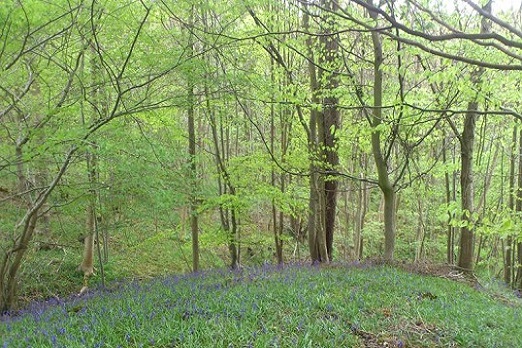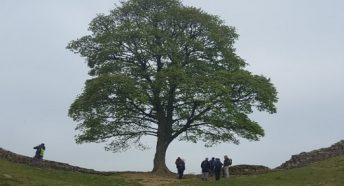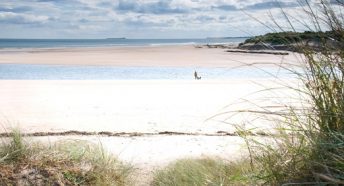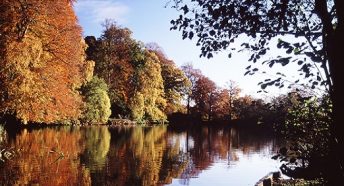Spring woodland
With the freshness of new foliage, a carpet of bluebells and delicate shafts of sunlight piercing the canopy, it’s no wonder spring is the most popular time for visiting our favourite woodland haunts. Few places in Northumberland are without a local example of true ancient woodland, its flora and wildlife built up over a centuries-long ecological process.
Why are we drawn to walking in woodland, especially when there are pathways nearby out in the open and, on a good day, in the sunlight? The paths themselves are often circuitous, inclined to have muddy sections and liable to trip us up with roots and uneven gradients. Yet we willingly submit ourselves to these rigours and happily enter this shaded domain.
Is it the sense of a protective presence around and above us that we love? Is it the sweet charm of birdsong, or the absence of intrusive man-made structures (apart from the odd run of steps or handrails where the path crosses a stream)? Is it the chance to catch a glimpse of a fallow deer, or a squirrel parkouring among the branches overhead?

It is, of course, all these things, because through them we recognise woodland as a world different from our own, lived at a different pace. It is a world where we leave behind the everyday concerns that occupy us minutely through the day and take ‘time out’. Woodland draws us by casting the kind of therapeutic spell on us that Andrew Marvell found in his garden, ‘annihilating all that’s made to a green thought in a green shade.’








